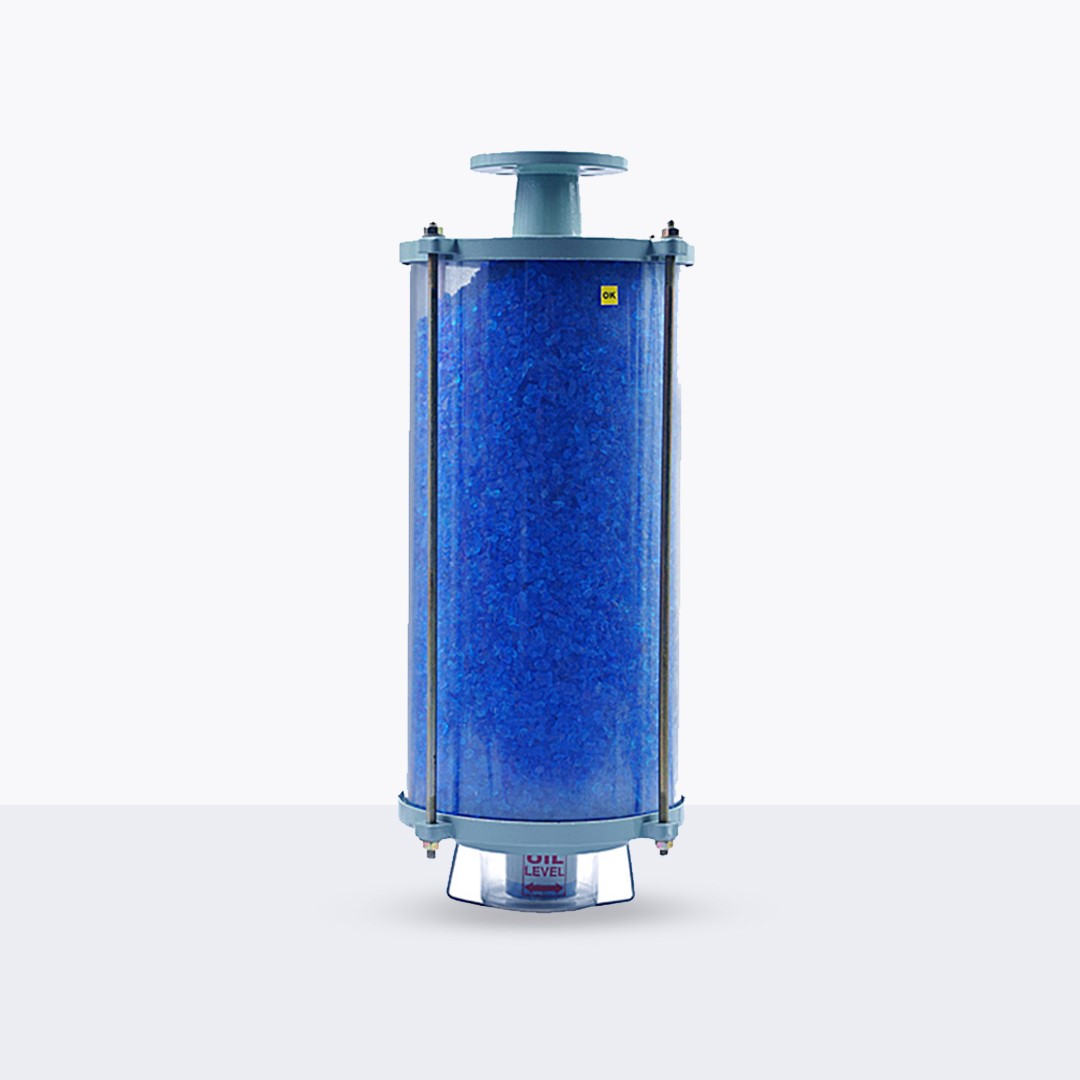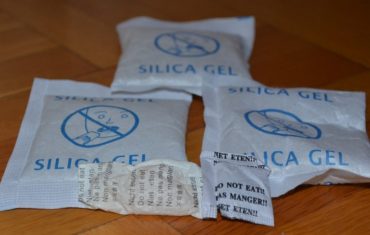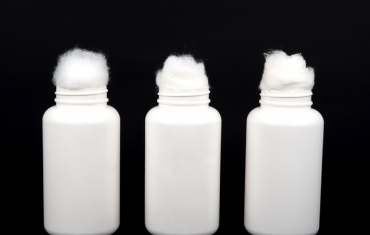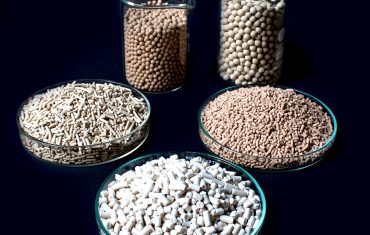Chromatography Adsorbents: Its Types, Application, and Benefits
Chromatography is the process of separating the individual chemical components of a mixture. There are different types of chromatography (depending on the chemical composition of the mixture), such as:
All these different types follow the same basic principles. Adsorbents play an essential role in separating each component of the mixture, especially in liquid-solid chromatography. Keep reading to find out how chromatography adsorbents are used in the process.
What are Chromatography Adsorbents?
Chromatography adsorbents are used in the stationary phase of the process. They trigger the mobile phase and absorb specific chemicals that bind to the surface of the adsorbent. They also act as support to separate each component. The success of chromatography depends on the following factors:
- The binding strength of the adsorbent
- The surface area of the adsorbent
- The amount of chemicals displaced in the mobile phase
- The binding strength of the adsorbent during the mobile phase
Types of Chromatography Adsorbents
Column chromatography is the process of separating a single chemical compound from a mixture. Chromatography adsorbents are particularly useful when performing column chromatography. Here are the few major types of adsorbents that can be used in the process:
Aluminum Oxide Chromatography
Aluminum oxide is amphoteric, which means it can be basic, acidic, and neutral. This characteristic makes it a great compound for column chromatography as it can bind with several different chemical compounds effectively. It’s a fine white powder that is especially sensitive to aromatic compounds. Acidic alumina is used more frequently and effectively. However, both acidic and basic alumina oxide can be used to separate sensitive mixtures.
Flash Chromatography
Flash chromatography, also called gravity column chromatography, is rapid column chromatography that gives quick results. A vertical glass packed with silica adsorbents is placed in the stationary phase, while the mobile phase starts using external forces such as gravity.
The separated compound collects along with the glass and is effectively separated. Each compound can be separated at varying levels of pressure until all the desired substances are isolated.
Silica Gel Chromatography
The process of chromatography depends on the polarity of the mixture and the activity of the adsorbents. Silica gel is an effective adsorbent that binds to different compounds and helps isolate them. It can be used to perform the following types of chromatography:
- Analytical chromatography
- Preparative chromatography
- Process chromatography
- Gravity chromatography
Thin Layer Chromatography
This type of chromatography is performed on a paper or plate of glass/aluminum foil coated with a thin layer of adsorbents. It’s used to separate and identify different chemical substances based on reactions between the adsorbent, the chemical, and the solvent.
Benefits of Chromatography Adsorbents
The benefits of using chromatography adsorbents can be summarized as follows:
- Safe to use
- Allow direct scalability
- Require low operating pressure
- The low expense for instrumentation
- Gives reproducible results
Sorbead India is a reliable distributor of adsorbents, serving customers across the US and Canada. We manufacture and deliver high-quality chromatography adsorbents. Use our aluminum oxide and silica gel adsorbents in your organic synthesis lab and research institutes for high-resolution chromatography and batch-to-batch reproducible results. To place your order, drop a quick inquiry or call at 1800-233-2677.











